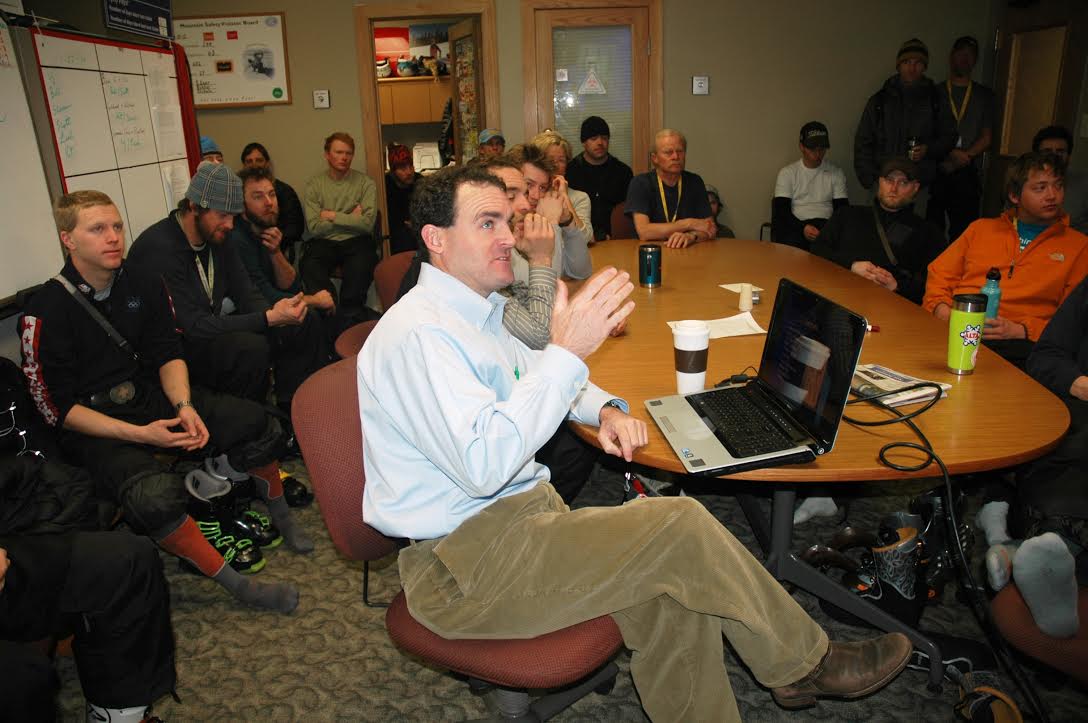Ask the Ortho: What causes the majority of injuries on the hill?

What causes the majority of injuries on the ski hill?
We asked Dr. Terrell Joseph at Vail Summit Orthopedics this question. Dr. Joseph often presents to the Beaver Creek ski patrol as part of the group’s pre-season training to discuss what to look for when they come upon an injury to help make a correct diagnosis.
The majority of accidents take place at the end of the day when protective muscles are tired and less quick to respond. “Faulty equipment is still a periodic problem but less and less common as the predictability and quality of the gear improves,” says Dr. Terrell Joseph. “The phenomenon of the ‘weekend warrior’, who gets more easily fatigued versus the well-conditioned athlete, is a common factor. We regularly see injuries in patients who ski or snowboard beyond their ability. And above all else, most of our surgeries are the result of one party or another being out of control.”
Dr. Joseph says staying reasonably fit, having an awareness of others around you, staying in control of your body, and not trying things like “leaving the earth without a plan”, can make skiing and snowboarding a rewarding lifetime sport that keeps you fit, active and healthy.
Winter Sports Injury Prevention Tips
- Before you hit the slopes, be sure you are physically fit.
- Cold muscles, tendons and ligaments are vulnerable to injury, so warm up thoroughly before getting out there.
- Stretch before and after a day of skiing or riding.
- Drink plenty of water.
- If you are new to the sport, take a lesson… or several! Make
- sure you learn how to fall correctly to reduce your risk of injury.
- Jumps are the most common cause of spinal injuries among snowboarders, so make sure you have instruction before leaving the ground.
- Wear a helmet to prevent head injuries.
- Rest when you are fatigued.
Stretches and Exercises that can keep you healthy:
Stand with your knees slightly bent and your arms crossed in front of you. Slowly look over one shoulder and let your whole body follow until you feel a good stretch in the back and side. Hold for 5 seconds and then repeat in the other direction.
Downhill skiing places huge demand on your quads (the muscles located on the front of the thigh), so condition these muscles with regular sessions of step aerobics or stair climbing.
Balance exercises can increase your stability which is an important factor for reducing risk of injury. Single foot balance squats and balance step-ups on unstable surfaces increase the stability of the knee and ankles. Foam rollers are also great for stabilization exercises.
Progression and variation of exercises such as wall sits, tuck walks, and tuck jumps can help prevent fatigue.
~MTN Town Magazine
